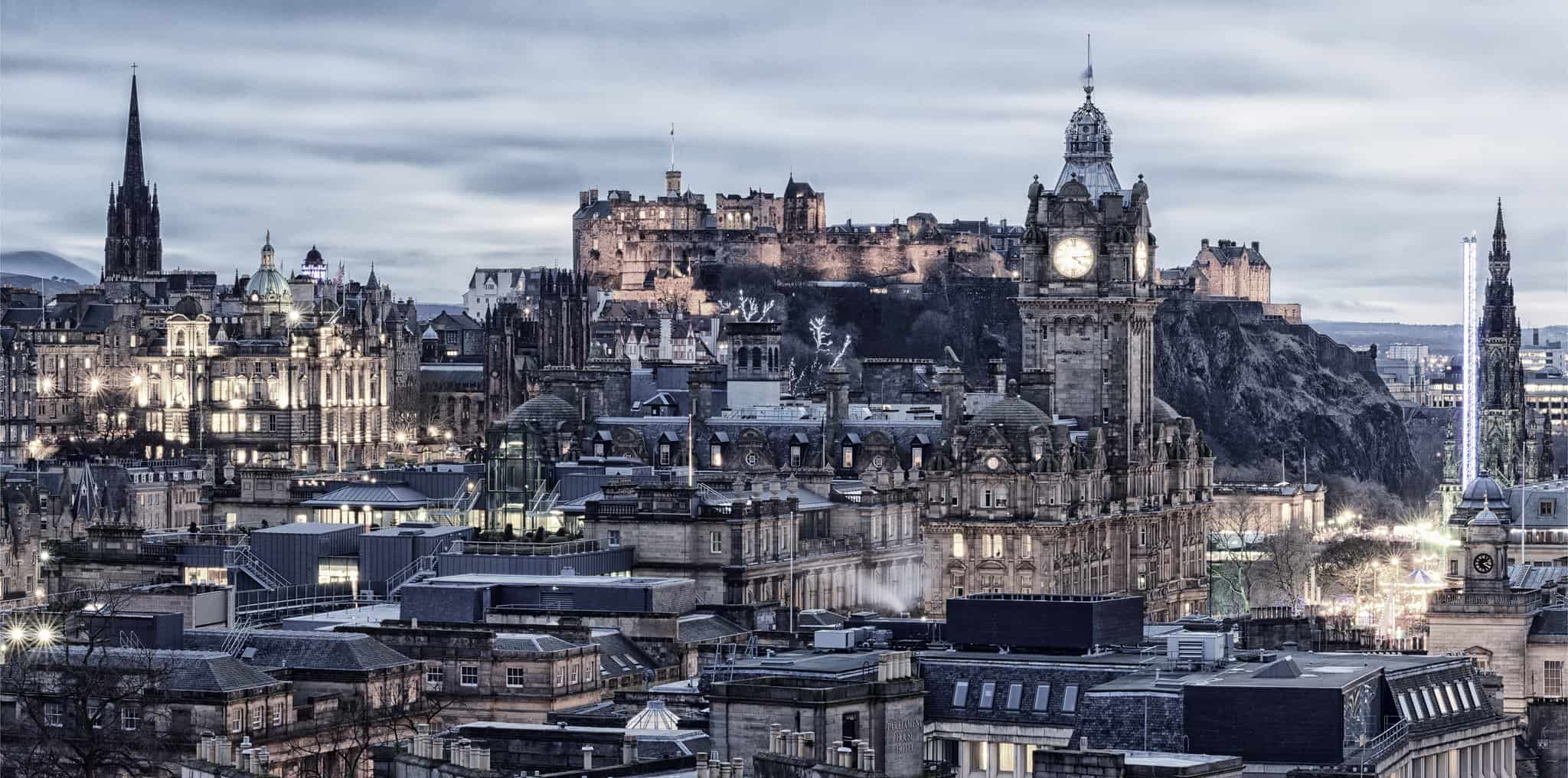A great deal of art and architecture is found in Edinburgh, but all that education can become tiring after a while. Take a break from the serious side of institutions while travelling and visit a few of these themed museums that highlight some of the more curious aspects of Scotland.
The Museum of Childhood
 Jenni Douglas, CC by 2.0, flickr.com/photos/jenni40947
Jenni Douglas, CC by 2.0, flickr.com/photos/jenni40947
This five-story building is packed with children’s toys, games and other playthings. The toys are arranged in sections: hobbies, games and activities. A particularly impressive floor is the third – filled with hundreds of dolls, some of which date back to the early 1800s. There are plenty of hands-on items on every floor, but the top story is the most interactive. Full of dress-up clothes, both youngsters and playful adults can see how they might have appeared in centuries past. They displays are fun to walk through, though those with pediophobia (fear of dolls) may not think so. The displays evoke memories of childhood and recollections of toys and games of youth. Admission is free and the museum has events and workshops during the holidays.
The Museum on the Mound
 Damien CC by SA 2.0, flickr.com/photos/dtra87
Damien CC by SA 2.0, flickr.com/photos/dtra87
Where else would you put a money museum except in the former Bank of Scotland headquarters? When it first opened, entry was by appointment only, but since 2006 the displays have been open to everyone, and it won’t cost you a pound. The seven rooms in the basement of the building tell the story of how money evolved over 4,000 years and adds a few tidbits about working in finance. One of the most fascinating display cases is one filled with enough £20 notes to let visitors see what £1,000,000 looks like.
Surgeons’ Hall Museums
 Robert Nyman CC by 2.0, flickr.com/photos/robertnyman
Robert Nyman CC by 2.0, flickr.com/photos/robertnyman
The major medical museum of the country, it’s filled with curious and somewhat gruesome displays. The original museum dates from 1699 when it was created to house “natural and artificial curiosities” that were collected by advertising in the local paper. Two professors from the Royal College of Surgeons added their anatomy and pathology collections, necessitating the move to a larger building. A large number of skulls both human and animal are on display with the pathology specimens, and an entire room is dedicated to instruments, specimens and paintings related to dentistry. A few more curious items include plaster casts of tumors, a pocketbook made of William Burke’s (of Burke and Hare) skin and Burke’s death mask.
Anatomical Museum
 James Bamkin CC by 2.0, flickr.com/photos/jambamkin
James Bamkin CC by 2.0, flickr.com/photos/jambamkin
Part of the University of Edinburgh, the Anatomy Museum was developed by Sir William Turner, a Professor of Anatomy at the school. Whale and dolphin skeletons hang from the ceiling and the halls are filled with specimens. A collection of death masks is on display along with skulls and models of several people and the skeleton of William Burke. Although entrance is free, the museum is only open on the last Saturday of the month and not at all during school holidays.
Museum of Fire
 Karen Bryan CC by ND 2.0, flickr.com/photos/europealacarte
Karen Bryan CC by ND 2.0, flickr.com/photos/europealacarte
The oldest municipal fire brigade in Britain was formed in the early 1800s, a great improvement over the amateur fire services that were set up in 1703. The museum at the headquarters of the Lothian and Borders Fire Brigade takes visitors through the history of fire fighting from 1824 through the 1940s, a period of disastrous fires in crowded Edinburgh. Fire engines powered by steam, manually moved, pulled by horses and finally motorised are part of the collection along with equipment dating back to the 1400s. “Cleikes of iron” used to pull burning thatch from Edinburgh Castle are the oldest items on display.
The People’s Story Museum
 DncnH CC by 2.0, flickr.com/photos/duncanh1
DncnH CC by 2.0, flickr.com/photos/duncanh1
Royalty are well represented in most European museums. This one is all about the ordinary people. Rather than display an eclectic selection of items, real people dictated their stories and from these reminiscences, displays were created. Learn about healthcare through history and how fashion has changed since the 1700s. Recreations have been used to make the scenes that include waxworks and banners mixed with artifacts. A film tells the personal stories of four citizens of the city who lived very different lives depending on their social class.
Edinburgh Dungeon
 Matt Kelland CC by SA 2.0, flickr.com/photos/87509590@N00
Matt Kelland CC by SA 2.0, flickr.com/photos/87509590@N00
Not really a museum, it’s still a quirky place to visit and get the goriest presentation possible of medieval torture methods and some of the dark scenes of Scottish history. There are live actors that give it a bit of a haunted house feel, but there are interesting things to see nonetheless, and the overly-dramatic presentation of Scottish history will stick in your head better than any lecture.
Which of these museums would you visit first?
Tweet us at @cantravelmag to get in the conversation!
Related content on CanadianTraveller.com


